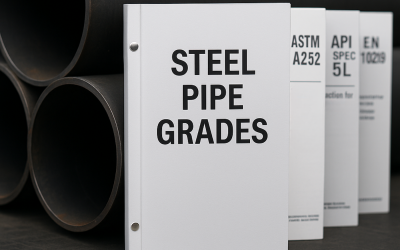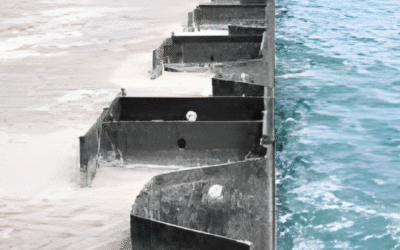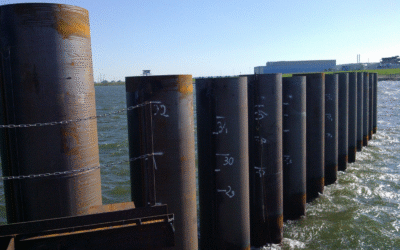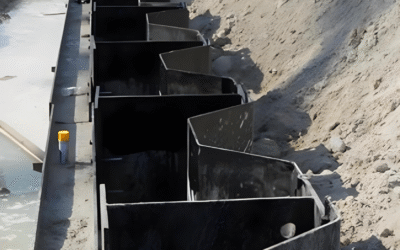Introduction: Why Marine Tie Rods Deserve Attention
Marine tie rods are essential tension members used to stabilise quay walls, sheet pile bulkheads, diaphragm walls, and combi walls in ports and coastal infrastructure. Their primary role is to transfer anchor forces safely to a buried anchor block or anchor wall, thereby preventing lateral movement caused by wave action, berthing impacts, and soil pressures. To deliver long-term stability, the whole production process — from raw steel to on-site installation — must meet stringent standards for strength, toughness, and corrosion protection.
Materials and Raw Steel: Starting with Quality
Manufacturing facilities begin production with carefully selected high-grade fine-grained carbon or alloy steels. These materials are forged and heat-treated to meet strength classes ranging from 345 MPa to 1080 MPa, depending on structural requirements. All raw steel is sourced with full mill certificates and chemical composition analyses to confirm toughness, yield strength, and overall load-bearing capacity. This rigorous material control ensures consistent performance across the entire range of steel tie rods used in marine and retaining wall applications.
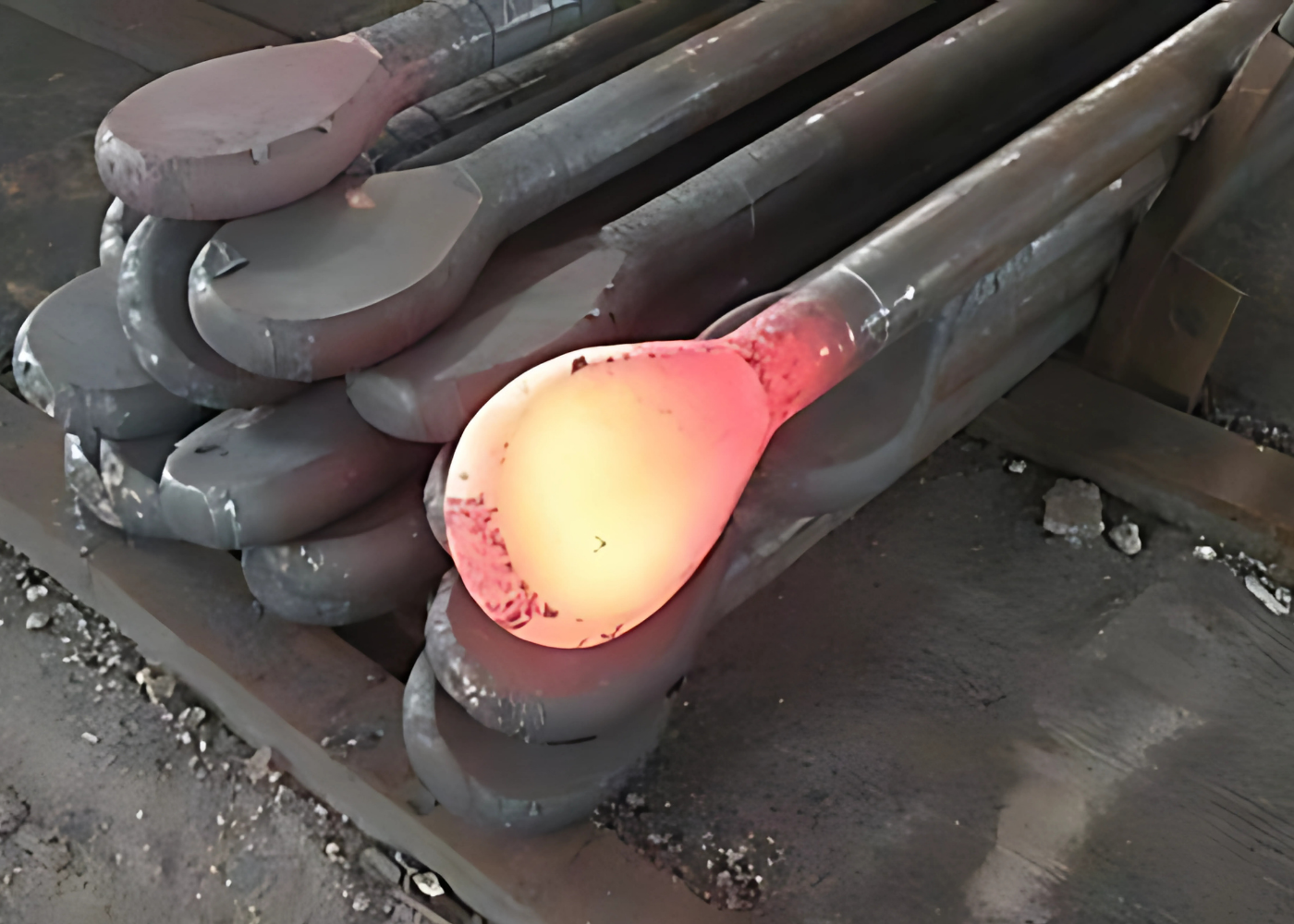
Forging and Upsetting: Building the Strength
Rod ends are forged or upset to create thicker connections, which reduce stress concentrations at critical junctions, such as threads or couplers. This step is essential for ensuring fatigue performance, especially for tie rods subjected to repeated wave action or dynamic loading. High-capacity manufacturers may use 1000-ton hydraulic presses to shape steel bars up to 130 mm in diameter.
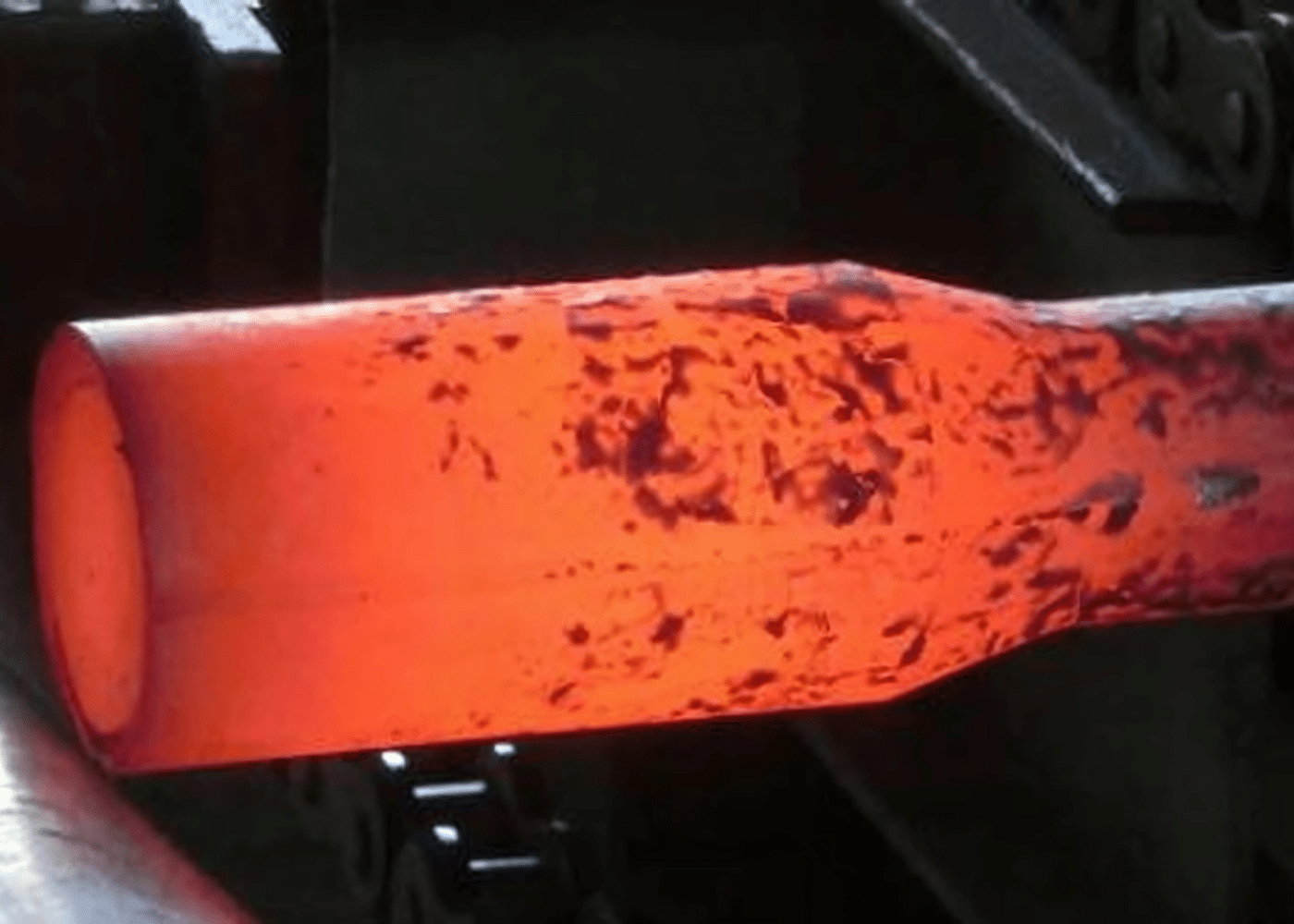
Heat Treatment: Ensuring Toughness and Consistency
Each tie rod undergoes a controlled heat treatment process including uniform heating, quenching, and tempering to achieve the required mechanical properties. This ensures high tensile strength, ductility, and impact resistance, which are essential for performance under variable marine and structural loads. Rigorous testing, including tensile, Charpy impact, and hardness tests, verifies that each batch delivers consistent and reliable performance throughout its service life.
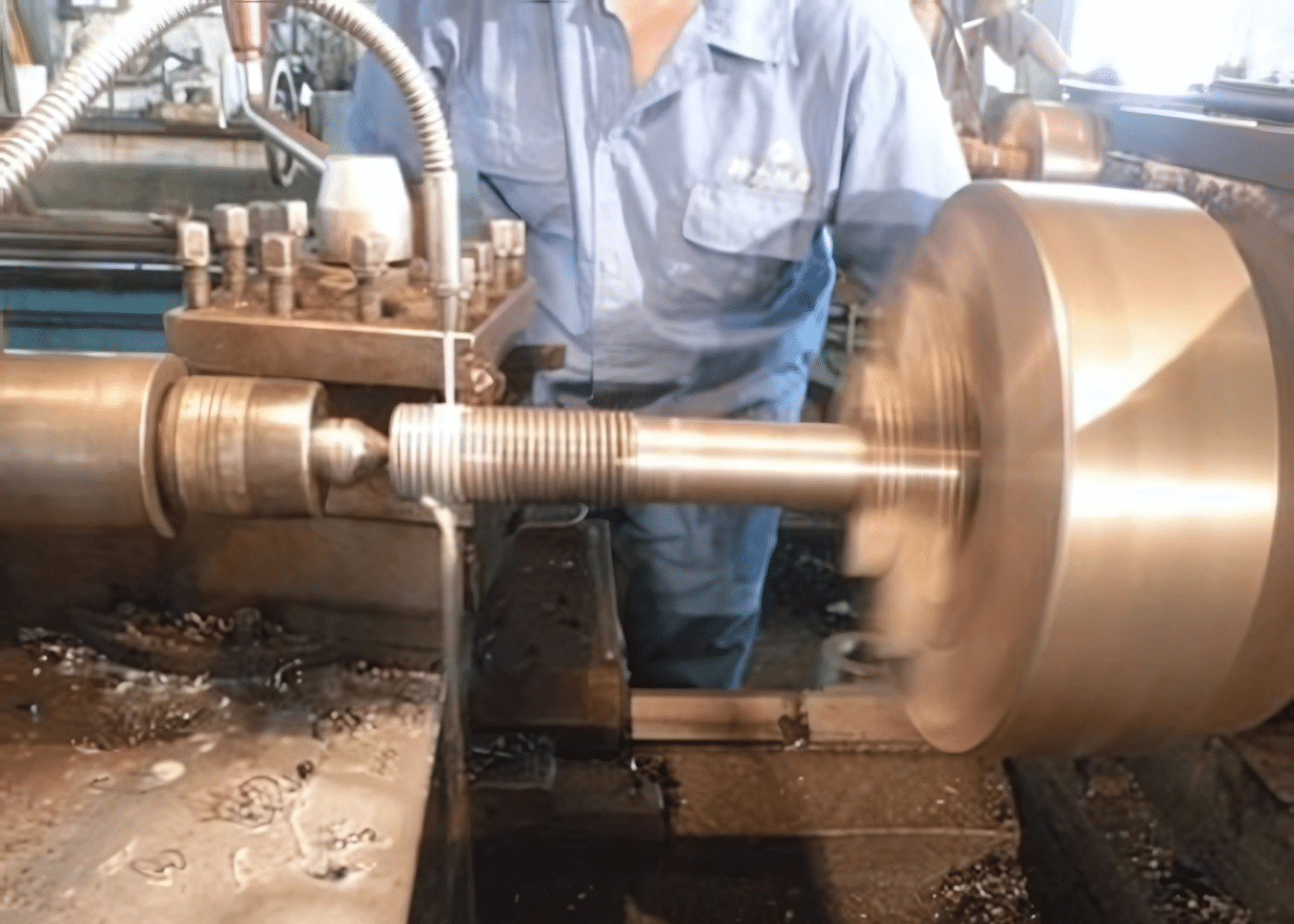
Precision Machining and Threading for Compatibility
After heat treatment, the rods are straightened and machined using CNC lathes or thread rolling systems to produce precise forged or upset threads. Accurate threading is vital for the structural integrity of the system, ensuring a perfect fit with corresponding nuts, couplers, and washers. This precision supports proper load transfer, secure onsite assembly, and long-term performance, even under retensioning or dynamic loading conditions.
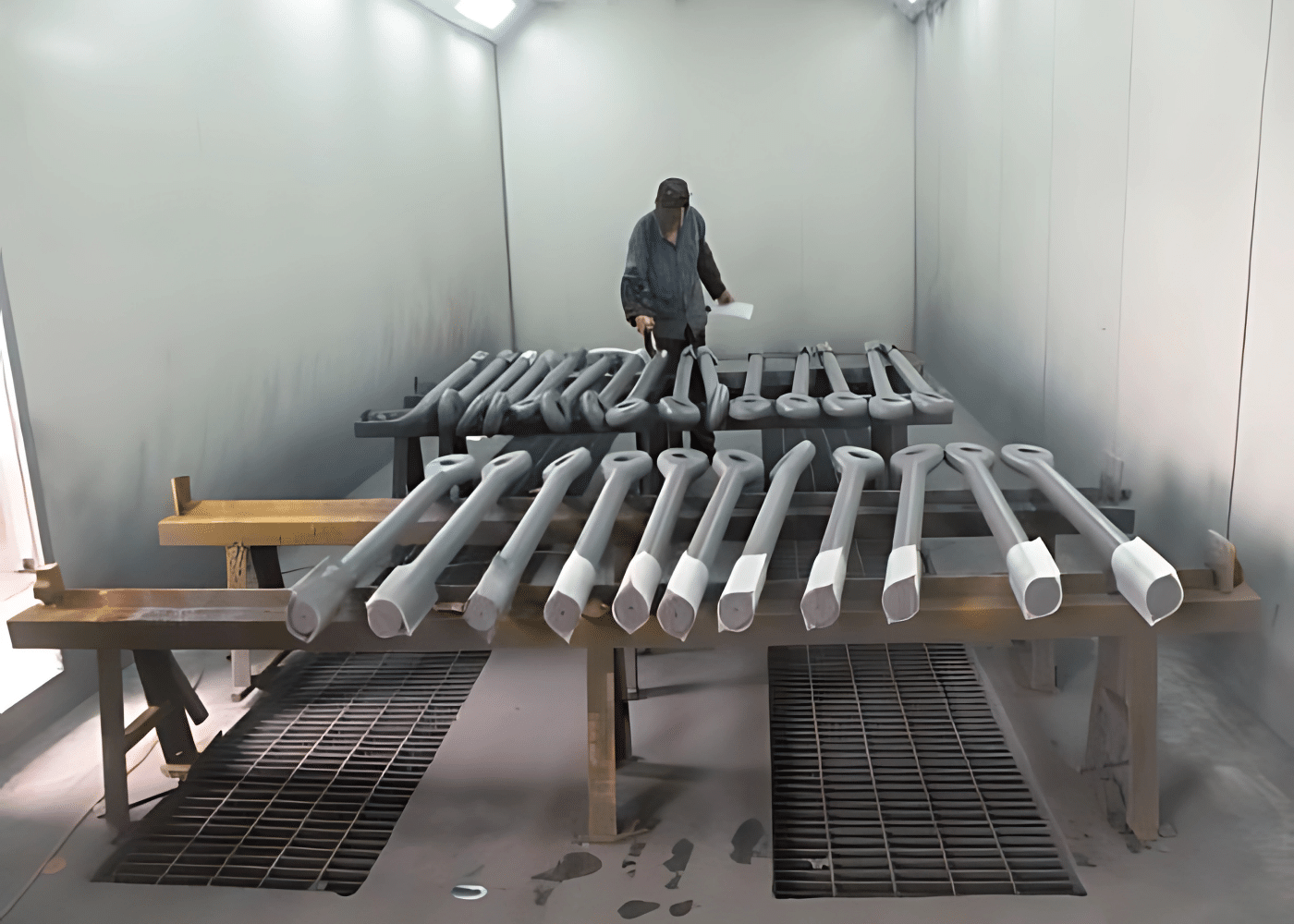
Surface Finishing and Corrosion Protection
Corrosion protection is essential for marine tie rods installed in seawater or buried in foundations with corrosive soils.
Blasting & Cleaning
Rods are fully blasted to remove scale and contaminants, preparing the surface for protective coatings.
Protective Coating Options
- Epoxy Zinc-Rich Primer: Used for general marine corrosion resistance.
- Three-Oil Two-Cloth Anti-Corrosion Treatment: For marine tie rods that operate in aggressive seawater or buried soil conditions, some manufacturers offer a robust Three-Oil Two-Cloth system. This multi-layer process provides both mechanical reinforcement and exceptional corrosion protection:
First Layer: An initial anti-corrosion coating, such as bituminous paint, epoxy coal tar, or equivalent heavy-duty primer.
First Cloth: A fibreglass cloth wrap is applied while the coating is wet, adding tensile strength and impact resistance.
Second Layer: A second anti-corrosion layer fully embeds the first cloth.
Second Cloth: Another fibreglass cloth wrap further reinforces the barrier.
Third Layer: A final topcoat completes the system, sealing all layers.
Note: Coatings should be applied to threaded or machined surfaces only after final installation. This avoids issues with assembly and tensioning.
In most cases, a base layer is applied at the factory, with final layers added on-site to match wall geometries and protect threads.
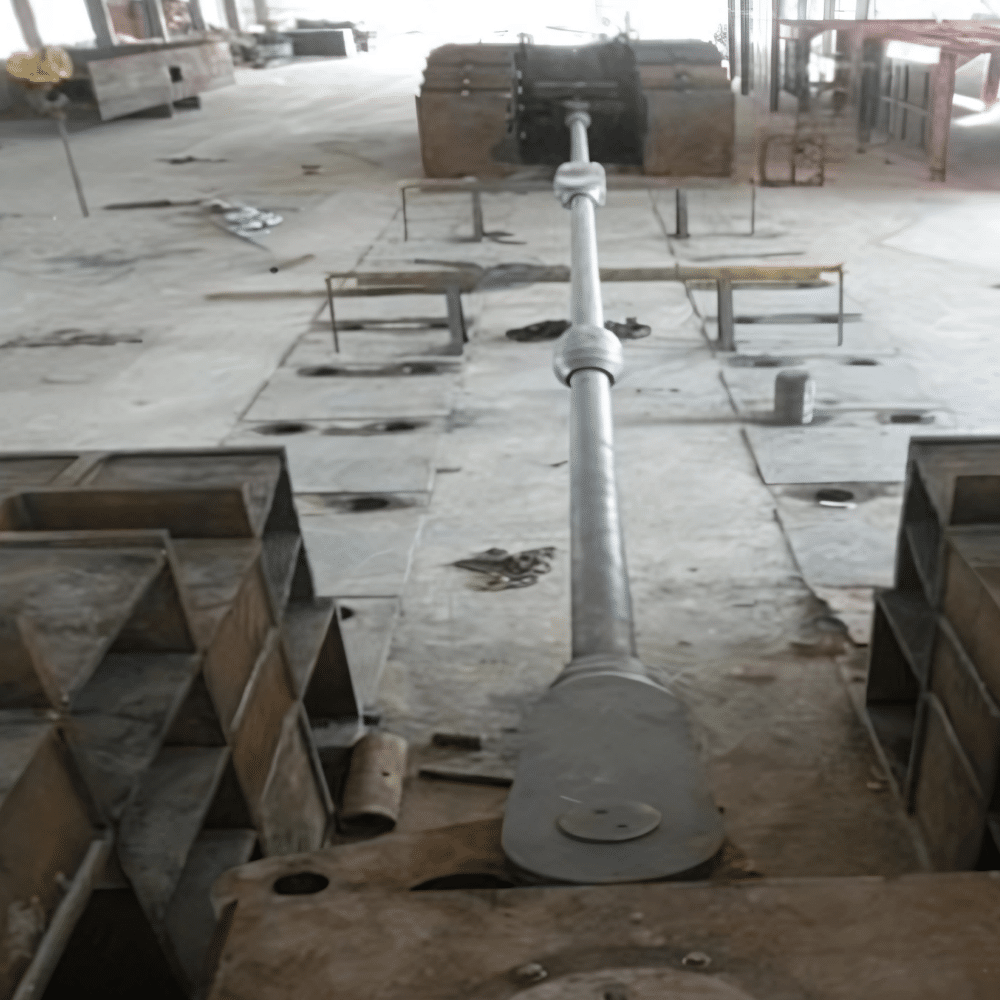
Non-Destructive Testing and Quality Assurance
All production stages include:
- Ultrasonic and magnetic particle tests.
- Tensile and pull testing.
- Thread gauge inspection.
- Visual inspection and DFT measurements.
Each delivery includes a comprehensive test and material certificates confirming tensile strength, impact resistance, chemical composition, and full compliance with the project’s technical specifications.
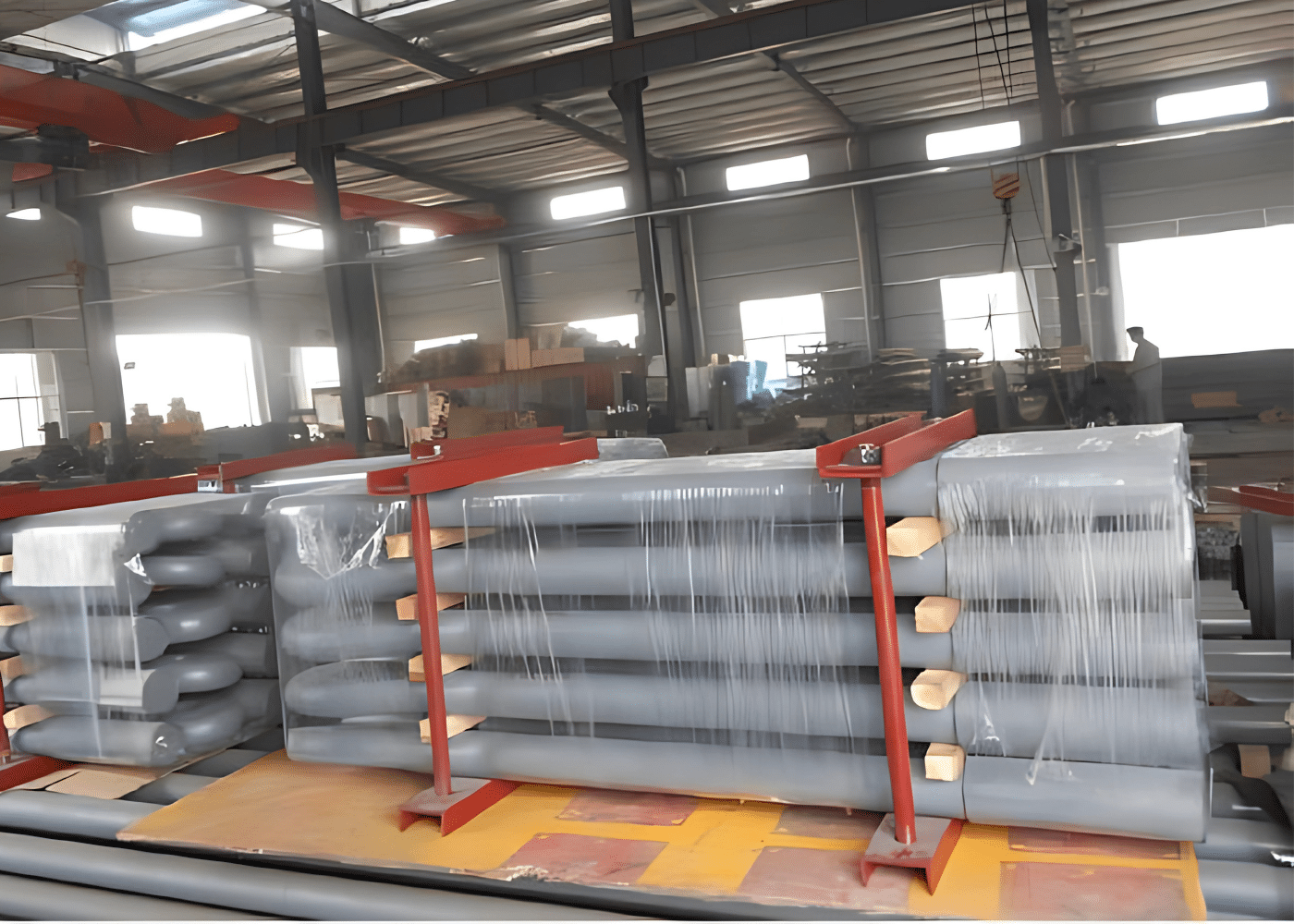
Assembly, Packaging, and Site Delivery
Before shipping, threaded parts are trial-assembled to ensure a proper fit. All components are wrapped and moisture-protected. Packing is clearly labelled for contractors and clients to streamline field installation.
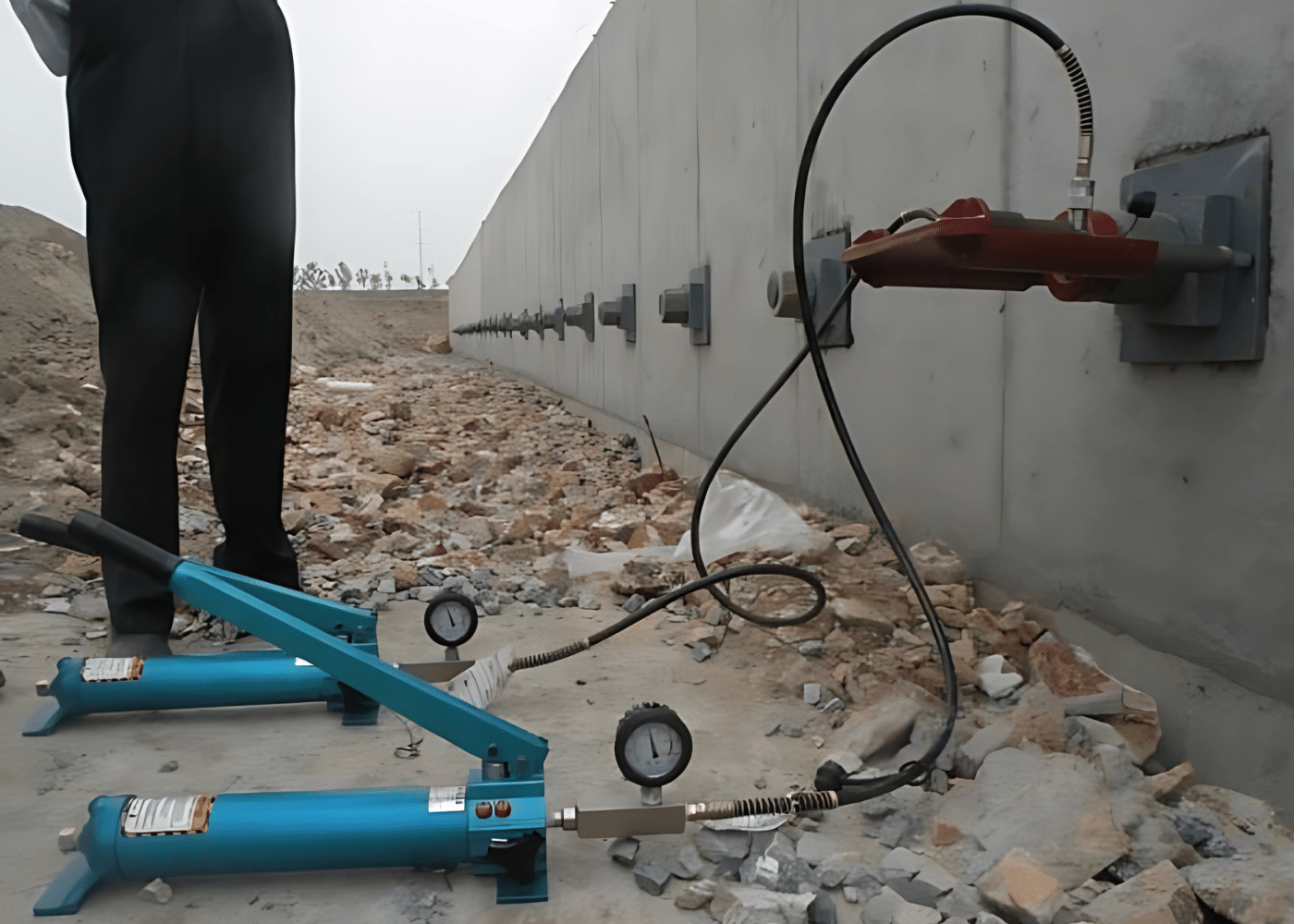
Installation and On-Site Retensioning of Steel Tie Rods
At the construction site, steel tie rods are installed between the sheet pile wall (front wall) and the buried anchor block or anchor wall. Hydraulic jacks are used to apply the specified preload, matching the system’s safe working load. Optional articulated connections or couplers help accommodate installation tolerances and angular offsets. This ensures proper force transfer, maintains the alignment of structural elements, and prevents localised stress concentrations — all of which contribute to the long-term stability of the anchored retaining structure.
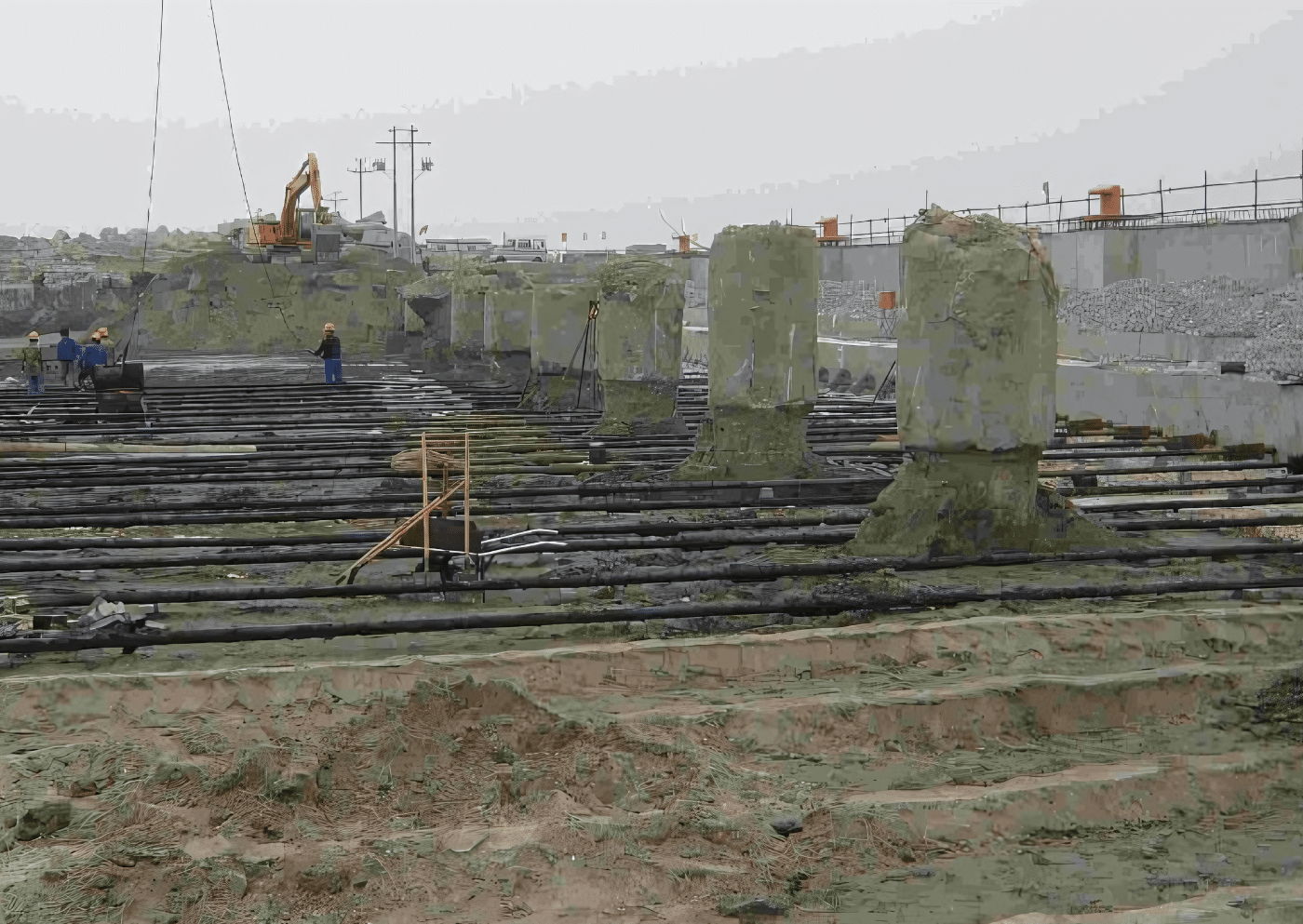
Lifecycle Care: Corrosion Control and Upgrades
To ensure long-term performance, periodic inspections and retensioning of anchor tie rods are recommended, particularly in marine or aggressive soil environments. In some cases, cathodic protection systems — such as sacrificial anodes or impressed current systems — are integrated to reduce corrosion risks in tidal zones, splash zones, or buried sections. These systems work in conjunction with protective coatings to extend the service life and reduce maintenance costs.
Key Takeaways
- Marine tie rods are precision-engineered for maximum performance in aggressive conditions.
- High-strength steel, forged threads, and articulated connections guarantee structural integrity.
- Advanced coatings, such as the Three-Oil Two-Cloth system, provide long-term corrosion resistance.
- Full-lifecycle strategies, from design to installation and inspection, help avoid costly failures.
- Custom designs are now available for waling beams, diaphragm walls, H-piles, and combi walls, addressing advanced stiffness requirements and project-specific geometries. These configurations improve compatibility with structural loads and site conditions.
Need Help Selecting the Right Marine Tie Rod System?
Whether you are working on combi walls, diaphragm walls, or anchored quay walls, our engineers are here to help.
Contact us to request a tailored specification or expert advice for your project.
Related Products from Aema Steel
- Steel Tie Rod Systems
- Hot Rolled U Type Sheet Piles
- Hot Rolled Z Type Sheet Piles
- Steel Pipe Piles
- Welded H Piles
Contact us today to receive a tailored offer for your upcoming project.


